
Power shortages leave Gaza in the dark
Gaza City, Palestine, 22 Sha’ban 1438/19 May 2017 (MINA) — Faraa Teem’s finger traces the pages of her schoolbook under the flicker of a candle every evening after the allocated four hours of electricity expires.
The 12-year-old lives in Gaza’s Jabaliya refugee camp, where, come nightfall, families must work by candlelight, shops and stalls must function under battery-powered LED lamps, and darkened streets glow from fires lit to boil vats of sweetcorn — the local street-food of choice.
Also Read: UNRWA: 90% of Gaza’s Population Depends on Humanitarian Aid Amid Israeli Restrictions
Already dire conditions have worsened for the densely-populated neighborhood of 110,000 since an electricity crisis — borne of longstanding political disagreements — began last month.
“We live in a tragic situation,” Faraa’s 55-year-old grandfather, Mahmoud Teem, told Anadolu Agency. “Because of this political crisis, we are living in hell.”
“When the electricity comes on in the evening, we work as a unit so we can work quickly — but we’re not able to finish everything,” he said. “We need electricity; there’s no life without electricity.”
Teem blames all Palestinian political factions for the crisis, which has been exacerbated by the closure of Gaza’s only electricity plant due to an ongoing row over fuel taxes between the West Bank-based Palestinian Authority (PA) and Hamas, which has governed Gaza since 2007.
Also Read: Two Million Israelis Face Looming Mental Health Crisis Amid Gaza War
“We need electricity like the rest of the world. We want to live without these political problems,” said Maryam Teem, 52. “For 11 years, we have been suffering from this electricity problem.”
Emergency fuel supplies provided by Turkey and Qatar ran out in April. Now the blockaded coastal enclave relies mainly on 120 megawatts of energy supplied by Israel — enough for only four hours of power per day.
Even this source of energy, however, has been thrown into doubt since the PA announced plans to stop paying Israel for the supply.
One PLO official who spoke to Anadolu Agency attributed the move to the fact that Hamas was allegedly charging people for power without paying money back to the PA.
Also Read: US-Backed Gaza Aid Group Ends Mission Amid Controversy Over Delivery and Safety
“It’s like we’re funding Hamas,” the official told Anadolu Agency on condition of anonymity due to restrictions on speaking to media.
The worst since Gaza War in 2014
The electricity crisis has also contributed to Gaza’s chronic water shortage.
Seawater was already being pumped into homes, but now there isn’t enough power to funnel sewage water into treatment plants.
Also Read: Israel Allows Only One-Third of Agreed Aid Trucks Into Gaza
According Gaza-based environmental engineer Mohamed Qeshawi, this has caused excess seawater to flow back into an already polluted sea.
A wastewater lagoon in Gaza’s northern Beit Lahia area, which burst in 2007 killing five people, is also now working at full capacity since the water cannot be pumped to a treatment plant.
“The coastal municipality issued a warning that no one should go close to the plant. The walls could burst due to the pressure and it will end up flooding,” Qeshawi warned.
British charity Oxfam’s Gaza team has also voiced concern about the current crisis because — unlike previous shorter-term crises — there is little hope that the political factions involved will resolve their differences anytime soon.
Also Read: Israeli Occupation Army Kills Four More Gazans in New Ceasefire Violation
“We are in limbo. There is no light at the end of the tunnel. We don’t know what additional steps the PA will take against Gaza,” Mahmoud Shattat, manager of Oxfam’s water and sanitation program, told Anadolu Agency.
Conditions, he said, are the worst seen since Israel’s 2014 war on Gaza War. But if electricity is cut further because of the PA’s decision to stop its funding, pumps to the water treatment plants would not be able to operate.
“In just one or two hours, [wastewater] will flood into the streets,” he said. “It can spread a lot of diseases among children and cause disastrous health risks.”
Getting worse
Also Read: Hamas Delegation Discusses Israeli Ceasefire Violations in Cairo Meeting
Under normal circumstances, Gaza City’s central Unknown Soldier Square is a hive of activity — a meeting point where parents bring their young children to be pushed around in lit-up buggies blaring Arabic pop music.
Occasionally, the square also serves as a rallying point for protest rallies.
Recently, however, it has been transformed into a barren, sun-beaten clearing in the city’s commercial area — a symbol of the blow to Gaza’s economic life delivered by the electricity crisis and a PA decision last month to cut its employees’ salaries.
Workers have been lain off en masse by factories that were forced to close down or drastically reduce production, according to Khader Shaniwra, head of the Palestinian Federation of Industries in Gaza.
Also Read: Hezbollah Confirms Senior Commander Ali Tabatabai Killed in Israeli Airstrike on Beirut
Cash machines throughout Gaza City used to draw throngs of PA employees early each month to collect their salaries.
Power shortages leave Gaza in the darkroughout Gaza City used to draw throngs of PA employees early each month to collect their salaries.
But like the Unknown Soldier Square, the nearby branch of the Bank of Palestine has been far less busy since the 30 to 50 percent salary cut — a change that Mohammed al-Banna, a roadside watch-seller, says has sucked all the life from the area.
“We used to wait for them [PA employees] to get paid so they could spend their money, but now… it’s like they don’t receive anything,” the 25-year-old street merchant added.
Also Read: Israel Committs 497 Ceasefire Violations, Killing 342 and Injuring 875
“There is no business,” he lamented. “And month after month, the situation gets worse.” (T/RS5/RS1)
Mi’raj Islamic News Agency (MINA)
Also Read: Israel Moves to Shape Ground Reality in Gaza Ahead of International Troop Deployment: Report





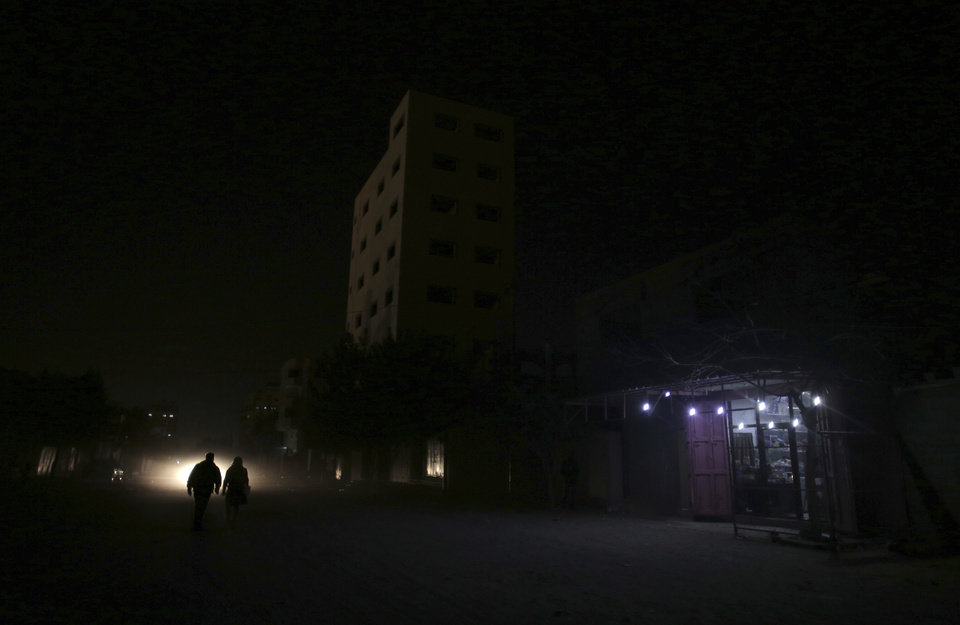

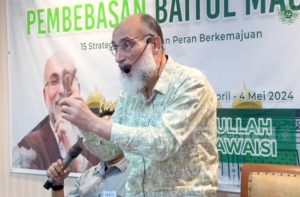

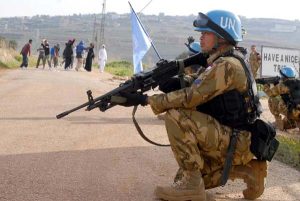
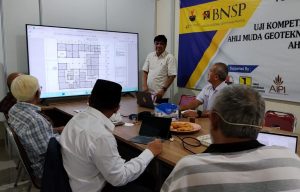
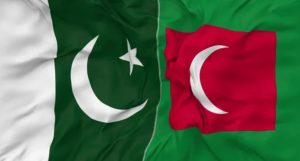


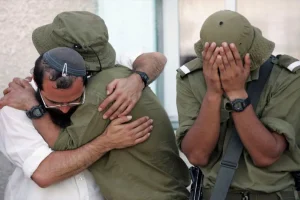


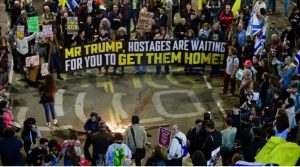
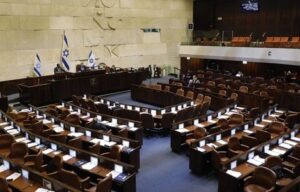
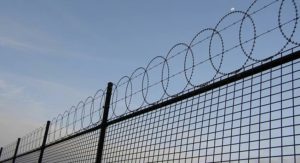











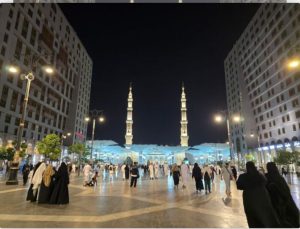



 Mina Indonesia
Mina Indonesia Mina Arabic
Mina Arabic